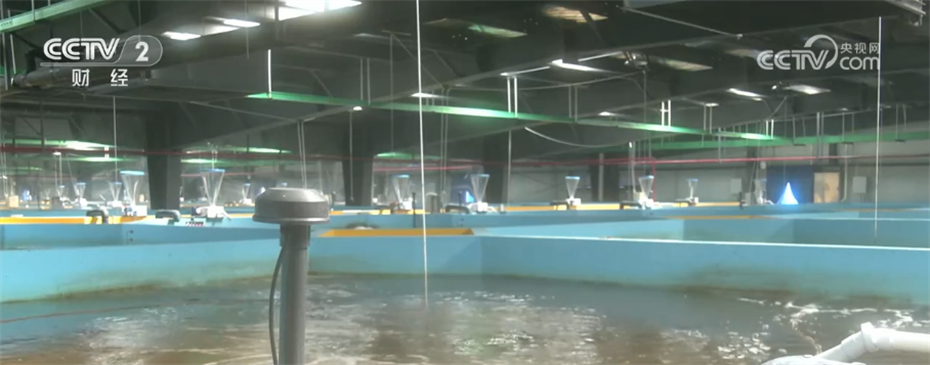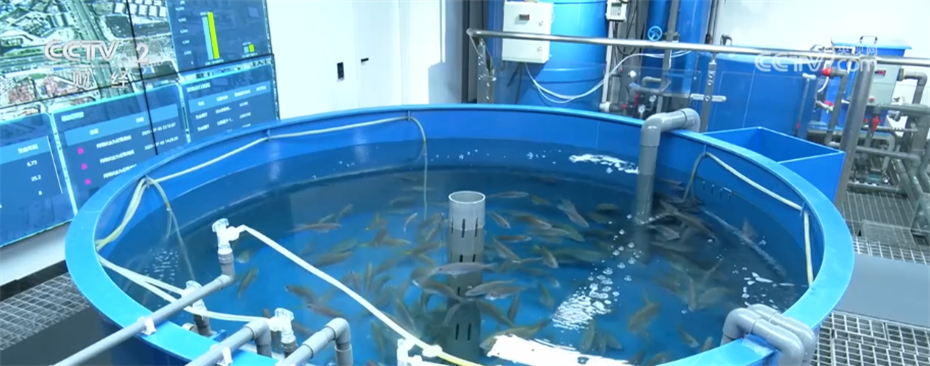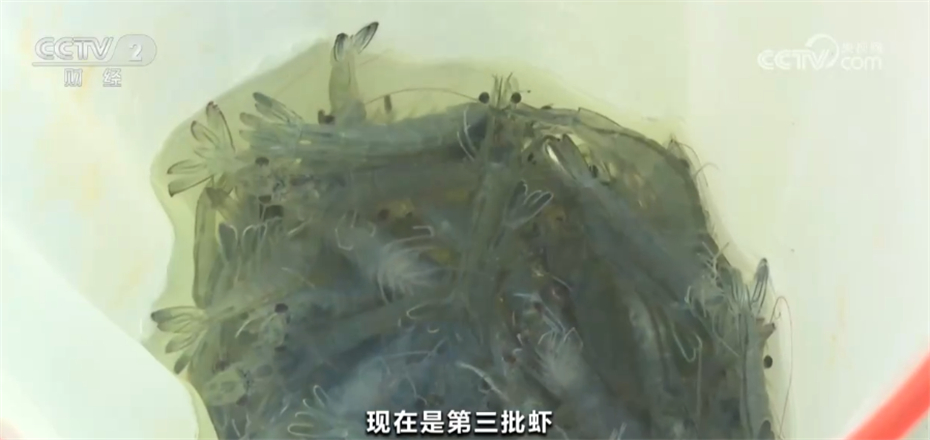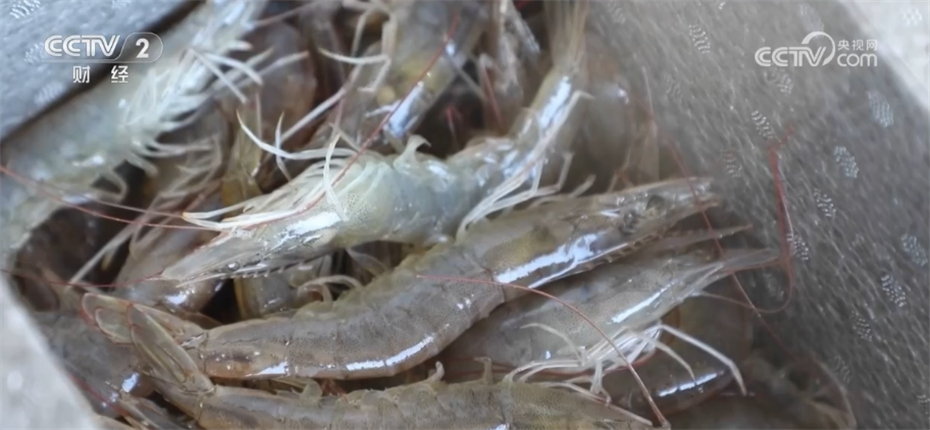CCTV News:Speaking of seafood, many people will think that it is a specialty of coastal cities. In fact, seafood farming has been started in some inland cities in China. This land farming method shortens the time for seafood to swim to the table and makes seafood fresher.
In the past few days, about 500 Jin of Penaeus vannamei has come out of an aquaculture base in Dongxihu District of Wuhan every day. The person in charge told the reporter that this base was put into operation this year, with more than 300 shrimp ponds with an annual output of 1 million Jin. It is understood that the shrimps in the base are mainly ordered from Hainan, Guangdong and other coastal areas, and the bittern water comes from Shandong, which is desalinated in proportion to control the water temperature and environment. The "waste heat" provided by nearby power plants can realize four-season production.

Also listed in this year, Wuhan produces seafood and groupers. These indoor cultured groupers live in the prepared seawater, and their quality is more stable and safer. Zhang Meilian, who has been engaged in seafood for many years, sold grouper produced in Wuhan for the first time this year, and the quality and price satisfied her.

The variety of cultured seafood in Wuhan is increasing, and the output is also increasing. The eel fry of this aquaculture enterprise are first cultivated in seawater, and after arriving in Wuhan, they are first cultivated in brackish water simulating seawater, and then gradually transferred to fresh water environment. Last year, the enterprise began to breed eels on a large scale, and the products have been sold to coastal areas such as Guangdong and Fujian. Because it is welcomed by the market, it has also expanded its production capacity this year.
Building factories and adding facilities to cultivate seafood on land and entering the northwest region
Not only in Wuhan, but also in recent years, with the development of protected fisheries, seafood farming areas are also advancing inland farther away from the sea. Let’s go to Gansu and Inner Mongolia to have a look.
During this period, a breeding cooperative in Zhangye, Gansu Province ushered in a bumper harvest of Penaeus vannamei. In January this year, the cooperative put in the first batch of shrimp seedlings, simulated the marine culture environment with circulating water, controlled the water temperature and salt content, and carried out industrial culture.

Xu Yunfeng, General Manager of a Breeding Cooperative in Zhangye City, Gansu Province:We have put in three batches of shrimps one after another, with a total investment of 2 million shrimps. So far, the first batch of shrimps have all been sold, and now the third batch of shrimps is ready to start selling.
Xu Yunfeng said that the cooperative’s Penaeus vannamei can produce 6 crops a year, and the output of each crop can reach 20,000 Jin. Seeing the good market response, the cooperative decided to further expand the production scale of white shrimp, and the second phase of the project has started construction.
A batch of Penaeus vannamei will also be listed in an aquaculture base in Erdos, Inner Mongolia in the near future. It is worth mentioning that the area where this base is located is a saline-alkali land with heavy soil salt accumulation and can not be cultivated. In order to turn waste into treasure in saline-alkali land, technicians built greenhouses according to local conditions, adjusted the water consumption of shrimp seedlings, and overcame the adverse effects of high salinity and cold on aquaculture.

The first crop of white prawns has been sold this year, and the response is good. Three local aquaculture enterprises plan to breed 60 million white prawns this year. Aquatic experts believe that although the types of seafood cultivated on land are not rich enough at present, it will be the development trend of protected fisheries in the future.
Liao Yongyan, Professor, College of Oceanography, Beibu Gulf University:Terrestrial cultivation of seafood is a major development direction of aquaculture in the future. Only when agriculture is industrialized can the benefits of farming be improved and the controllability of farming be improved.